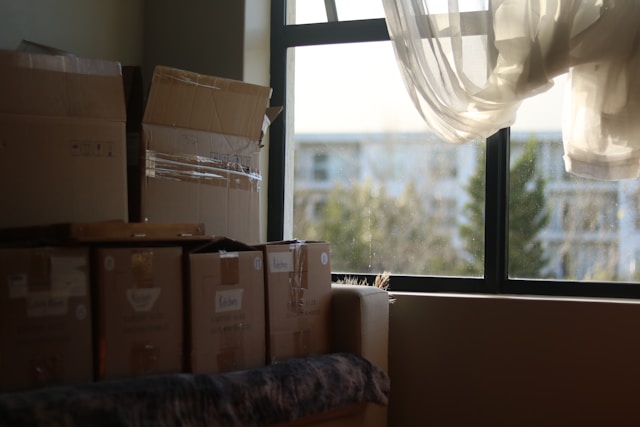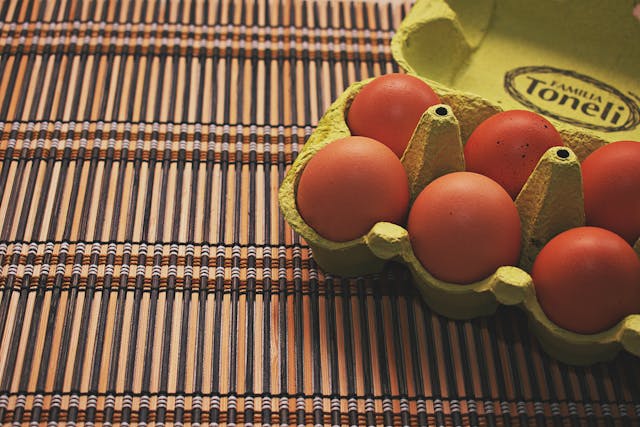Moving to a new home can be stressful, but it’s also a great time to rethink how you approach the process. It’s easy to overlook how much waste moving creates, from packing materials to fuel for transportation. The good news is that it’s possible to make the process eco-friendly with a few simple tweaks. Apart from helping the environment, sustainable moving practices can also make your move easier and more organized.
These changes don’t have to be complicated. With some creative thinking, you can reduce waste, declutter, and make the process more efficient.
Let’s explore how to keep your move green with a few simple strategies.
1. Hire Professional Movers
One of the best ways to make your move smoother and greener is to hire professional movers. You might think that doing it yourself is more eco-friendly, but that’s not always the case. Professional movers are experts in packing and organizing, which means fewer trips back and forth. Fewer trips mean less gas used, and less gas means fewer emissions. Plus, they’re pros at loading trucks in a way that maximizes space, reducing the number of trucks needed.
When you hire movers, you also cut down on stress. They bring equipment, which means you don’t need to rent moving supplies that you’ll only use once. So, not only are you saving your back from the heavy lifting, but you’re also making a greener choice for the planet. To hire reliable movers, look up the keyword movers near me on any search engine.
2. Use Recycled or Reusable Packing Materials
Packing up an entire house can require a lot of materials, but that doesn’t mean you have to use brand-new cardboard boxes and bubble wrap. Instead, try to use what you already have on hand, like suitcases, laundry baskets, and storage bins. These items serve double duty—moving your things and then being used again after the move. If you do need boxes, ask local stores for their used ones or borrow them from friends.
There are also more eco-friendly alternatives to the usual packing materials. Instead of plastic bubble wrap, consider using old towels, blankets, or newspaper to wrap fragile items. You can also buy biodegradable packing peanuts or look into renting reusable plastic bins. These simple swaps can reduce the amount of waste generated from packing and make your move more sustainable.
3. Donate or Sell Unwanted Items
Moving is the perfect time to declutter, and instead of throwing things away, you can donate or sell them. Not only will this reduce the amount of stuff you have to move, but it also helps keep perfectly good items out of landfills. Begin sorting through your things and setting aside anything you don’t need or use anymore. You can donate clothes, books, and furniture to local charities or sell them online through marketplaces like Facebook or Craigslist.
Decluttering before a move is a win-win. You reduce the amount of packing you need to do, and someone else gets to benefit from the items you no longer need. Besides, the less stuff you have, the fewer boxes you’ll need, which cuts down on packing materials and space in the moving truck. It’s a simple way to make your move lighter, greener, and less stressful.
4. Move Efficiently to Reduce Carbon Emissions
Efficiently planning your move is one of the simplest ways to reduce your environmental impact. The fewer trips you need to make, the less fuel you’ll burn. Start by consolidating items and packing them tightly into as few boxes as possible. This way, it’s easier for movers to fit everything into one trip, saving time and reducing the emissions from multiple journeys. If you’re moving locally, try to choose the shortest, most fuel-efficient route.
Another way to lower your carbon footprint is to move during off-peak hours when there’s less traffic. Less time idling in traffic means fewer emissions from the moving truck. You can also ask your moving company about their vehicle options—some movers often use more fuel-efficient trucks, which is a great way to make your move even greener.
5. Pack Energy-Efficient Appliances
Moving is the perfect time to think about upgrading your appliances. Older appliances can use a lot of energy, so before you pack them up and take them to your new place, consider switching to energy-efficient models. Energy Star-rated appliances, for example, use less electricity and water, which can save you money in the long run while also reducing your overall energy consumption.
If you don’t want to take your old appliances with you, consider donating or recycling them instead. Many charities accept gently used appliances, or you can contact local recycling centers to dispose of them responsibly. This way, you avoid adding more waste to landfills, and someone else may get used out of what you no longer need.
6. Opt for Digital Over Paper
In the digital age, there’s really no need to rely on paper to organize your move. Rather than printing checklists, schedules, and documents, you can keep everything online. Use apps or spreadsheets to create your moving checklist and track what’s packed in each box. Not only is this more environmentally friendly, but it also keeps your information easily accessible and less likely to get lost.
Going digital doesn’t just reduce waste—it makes your life easier. When you store your moving plans in the cloud, you can access them from anywhere, whether you’re in the middle of packing or already on the road. It’s an easy and effective way to cut down on paper use while staying organized during the move.
Moving doesn’t have to come at the cost of the environment. From hiring movers to using eco-friendly packing materials, there are plenty of ways to reduce waste and make the process more sustainable. Planning your move carefully, switching to energy-efficient appliances, and going paperless are small steps that can have a big impact. With these strategies, your move can be both smooth and eco-friendly, setting you up for a fresh start in your new home while keeping sustainability in mind.




